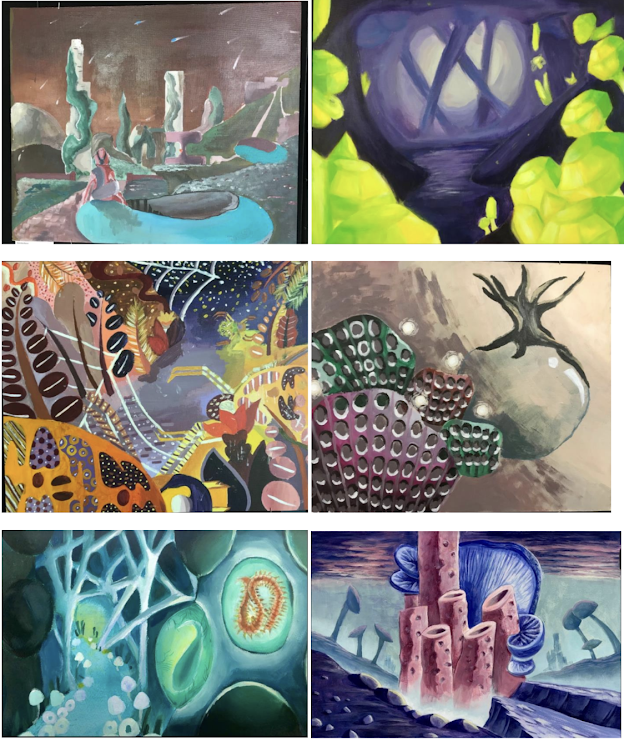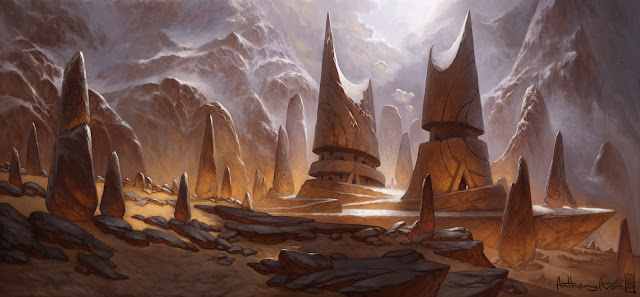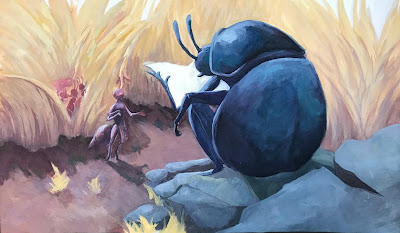Lesson for 9th grade, 10-13 days:
This is a beginner-friendly unit, but it asks a LOT from students. They'll have to struggle and practice to stay afloat. As soon as a student memorizes facial proportions, she can make a face look like a plausible human being. And that's the goal, because capturing likeness doesn't matter—capturing likeness well is for experienced artists who've drawn 50 or 100 faces. But they'll capture partial likeness, and most will be proudly showing off, and maybe framing their final results.
Whoever teaches portraiture should expect to be on his feet for this entire unit. Expect to move quickly around the tables, checking everyone's proportions. Whoops, that face is too wide, eyes too far apart, mouth too low, forehead too small, lower lip too dark. Double check the angle of the jawline. See how the ear is attached at an angle? You can't see the top of the head in the reference photo, but let's estimate where it should be.
I start the unit by drilling basic proportions in front view and 3/4 view. Later, I add masterclasses for eyes, nose, lips, and hair. Each masterclass uses a different medium (to keep it fresh).
Day 1 should stretch into 2 or 3 days if kids need more practice. I split the class into intermediate and beginner (they choose). Intermediate students follow a detailed skull draw-along from a YouTube vid, and beginners work with me. We do draw alongs until they're at a point where they can draw a plausible human being.
Day 2-3 begins with an eye masterclass, and then students draw a side-lit character from a movie still in pencil (I let them choose from 5 photos)
Day 4-5 begins with a nose masterclass, and then students draw a portrait in 2 tones of ink (they'll use 5+ tones if you let them, so you have to stand fast with the 2 tones policy).
Day 6-7 begins with a lips masterclass, and then students draw a portrait in white chalk.
Day 8-9 is charcoal copy of a Sargent drawing.
Day 10 is a hair masterclass. The exercise forces students to discern subtle values in hair, to not make hair flat. They visualize the hair as a solid mass.
After Day 10, they take self-portrait photos with dramatic side-lighting and draw their own portraits at a large scale. This goes on for 5 weeks.
See lesson.
I would have LOVED for an opportunity to learn this in grade 9 (or 10, 11, 12—I wasn't taught any portraiture until university).
______
Over the first 10 days, beginners are just trying to get eye shape right, get noses in the right position and size. It takes time, practice, and teacher support. Here's what I'm looking for during and especially after the first 10 days:
- Top lip dark and bottom lip light
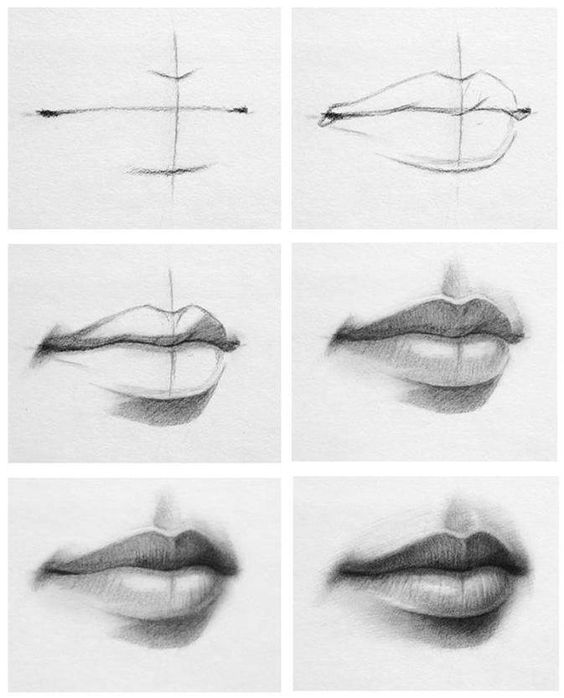
- Underside (down-plane) of nose is dark (unless lit from below)

- Don’t add heavy outlines where you don’t see them (see omitted outline on nose & lips above)
- Thickness of top eyelid is dark, thickness of bottom is light (unless lit from below)
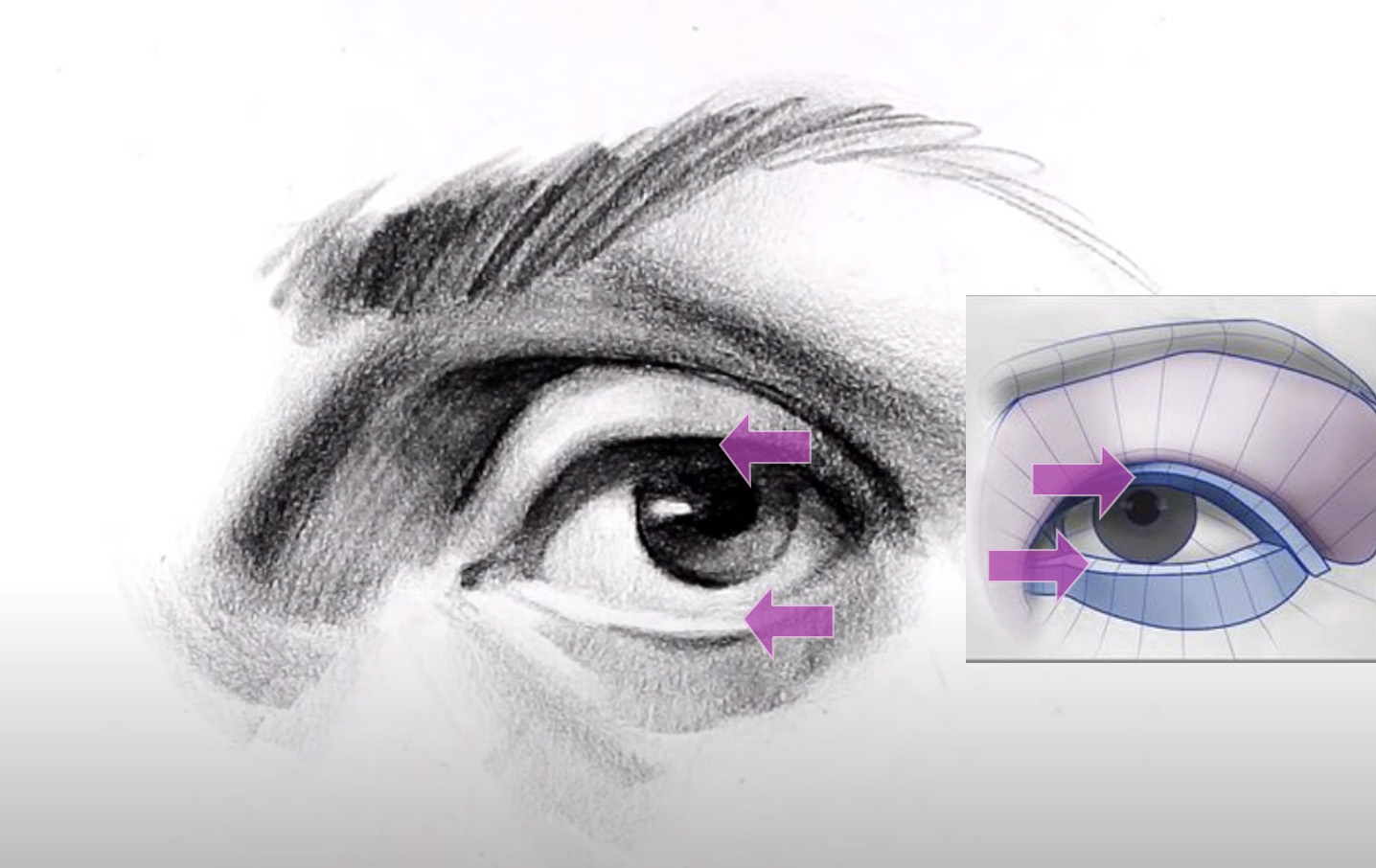
- Hair is not a flat value; has light and dark patches
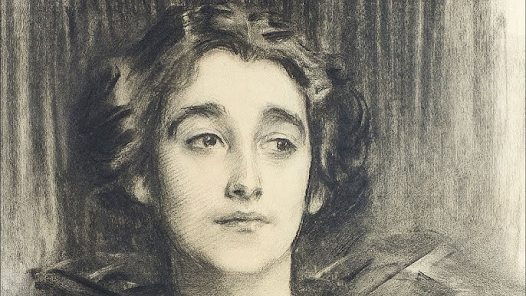
- Don't draw eyelashes
- Separate side and front planes of nose (requires a change in values, or a highlight between the two planes)
- Nose cuts inward right below brow-line (see skull below)
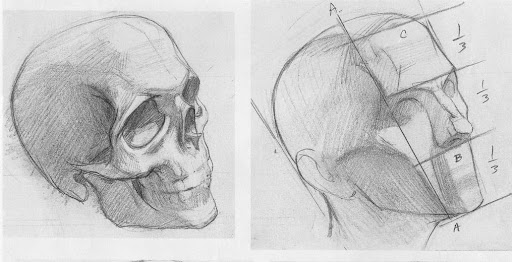
- chin-to-nose = nose-to-eyebrows = eyebrows-to-forehead
- Treat teeth as one connected mass (minimal outlines between teeth)





